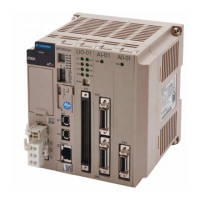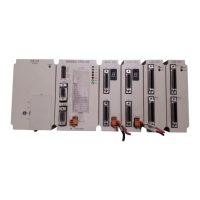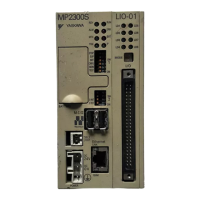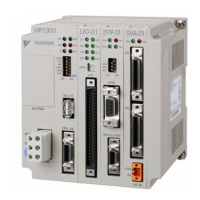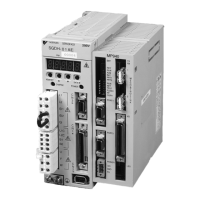2.10 Communications with a JTEKT PLC (TOYOPUC Protocol)
Using Automatic Reception with the MP3000 as a Slave
2-262
2.10
Communications with a JTEKT PLC (TOYOPUC Protocol)
When using Ethernet communications between the MP3000 and a JTEKT PLC, use the TOYOPUC proto-
col as the communications protocol. The TOYOPUC protocol allows the master to read and write to the
slave registers.
This section describes communications when the MP3000 acts as a slave and as the master.
When the MP3000 acts as a slave, communications can take place using automatic reception or using the
MSG-RCVE function.
When the MP3000 acts as the master, communications can take place using the MSG-SNDE function.
Using Automatic Reception with the MP3000 as a Slave
This section describes how to communicate with a JTEKT PLC by using automatic reception.
When a JTEKT PLC is used as the master to write data to the file memory in the 2PORT-EFR, you will
need to create a ladder application that uses the SPW instruction.
The SPW instruction is used to write data to the file memory in the 2PORT-EFR.
Refer to the following manual for details.
Manual for the 2PORT-EFR Module from JTEKT Corporation
MP3000
218IFD
Ethernet
TOYOPUC
Ethernet
TOYOPUC
2PORT-EFR
Binary
MP3000
(local station)
JTEKT PLC TOYOPUC
(remote station)
Automatic reception
(no ladder programming)
SPW instruction
(ladder application)
TOYOPUC protocol
(file memory communications)
Slave
Master
Communications Protocol
Connection Type
Data Code
TCP or UDP
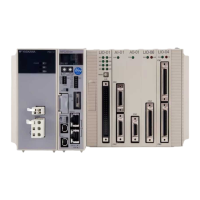
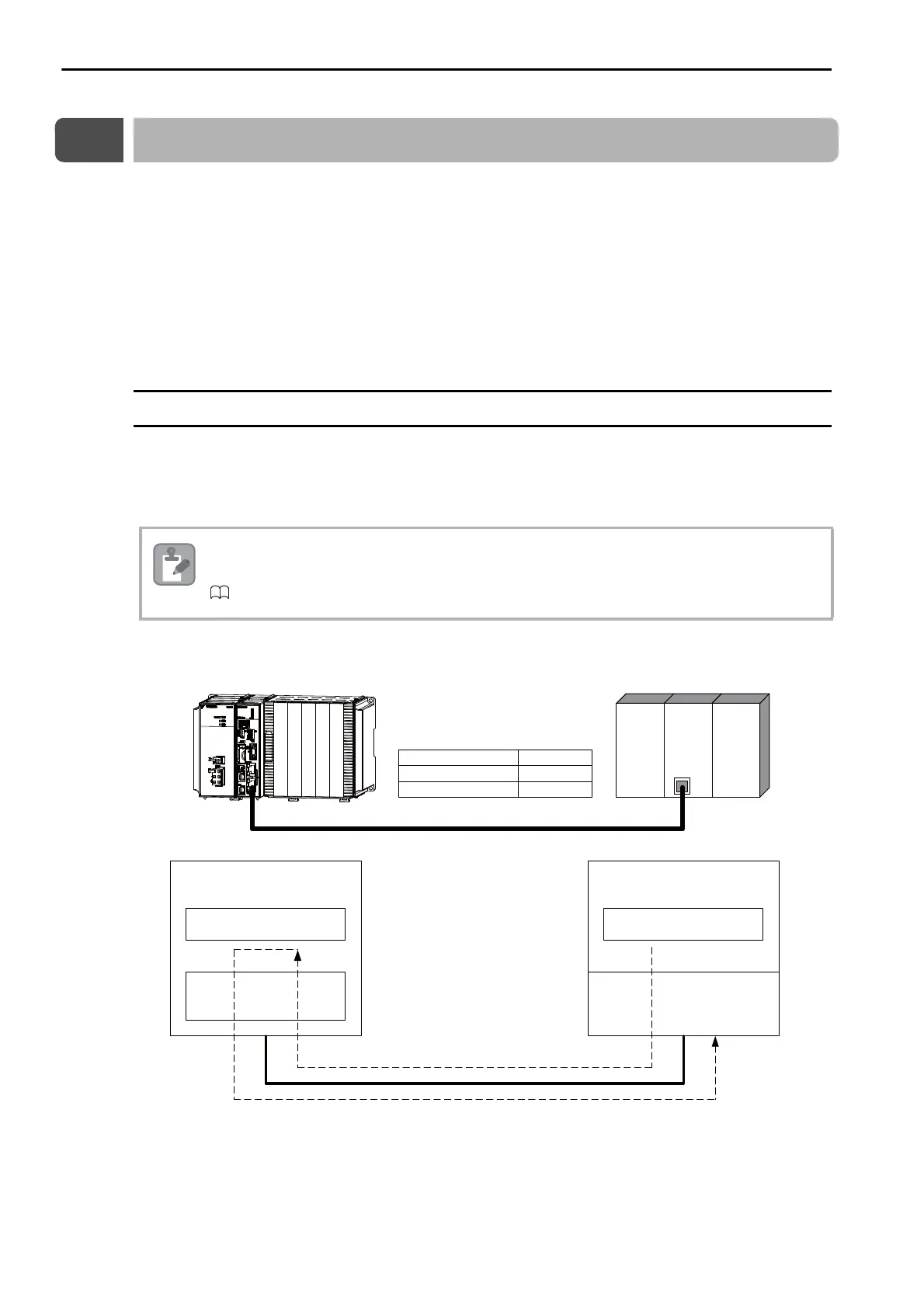